Search
Did you mean: Tyre?
Search Results
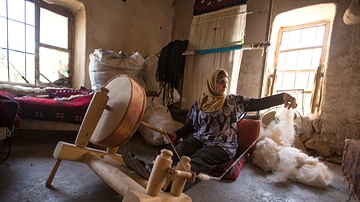
Article
Ancient Handicrafts in Rural Lebanon
Traditional Lebanese handicrafts are considered to be a major sector of the living cultural heritage in the rural areas of Lebanon. Transmitted from one generation to another, traditional rural Lebanese handicrafts have been able to persist...
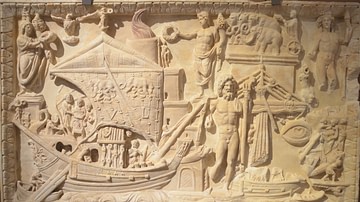
Article
Caesarea Maritima's Role in the Mediterranean Trade
Caesarea Maritima was located on the eastern coast of the Mediterranean Sea. Built from the ground up in 22-10 BCE by Rome's client king, Herod the Great (r. 37-4 BCE), its location in relation to ship traffic and proximity to historical...
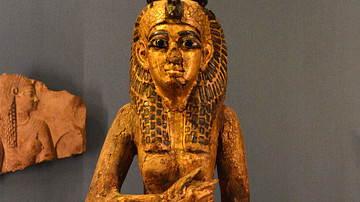
Article
The Gifts of Isis: Women's Status in Ancient Egypt
An inscription on an Egyptian papyrus dating from the 2nd century CE relates that the goddess Isis, bestowing gifts on humanity at the beginning of time, gave as much power and honor to women as she did to men. This brief passage reflects...
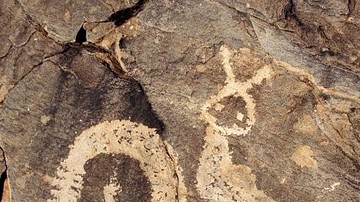
Article
Ulunsuti Tales
The Ulunsuti tales of the Cherokee deal with the mystical jewel, the Ulunsuti ("transparent"), a diamond on the forehead of the great horned serpent Uktena. The Ulunsuti appears in several Cherokee legends, but the story is developed through...

Collection
Precious Materials in Antiquity
Certain materials have always been precious such as gold for its lustre, incorruptibility, and ease to work but some ancient cultures often gave a very high value to more unusual materials. The Romans loved Tyrian purple dye, the Incas prized...
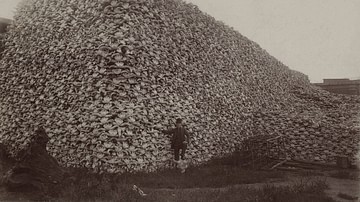
Image
Bison Skull Pile, 1892
Bison skulls piled at Michigan Carbon Works in Rougeville, outside of Detroit, Michigan, USA, 1892. The bones were processed for various commodities such as glue, dye, and fertilizer. Burton Historical Collection, Detroit Public Library...

Image
Mesoamerican Collecting Cochineal
An 18th-century illustration showing a Mesoamerican using the traditional method of collecting insects to make the prized cochineal dye. (The Newberry Library)
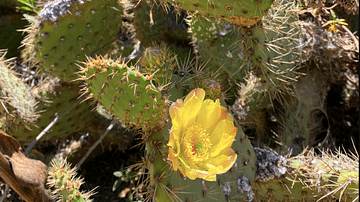
Image
Prickly Pear Cactus with Cochineal Insects
A prickly pear cactus (nopal) with the parasite insect Dactylopius coccus which is used to make cochineal dye.

Image
Murex Brandaris
Examples of the Murex haustellum brandaris shellfish, one of the sources of Tyrian purple dye.
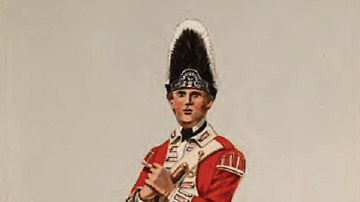
Image
British Red Coat, 1767
An 1894 illustration showing the uniform of a Grenadier, 40th Foot regiment, 1767. The soldier is wearing his famous "red coat" made with cochineal dye. From R. H. Raymond Smythies (1894). Historical Records of the 40th (2nd Somersetshire...